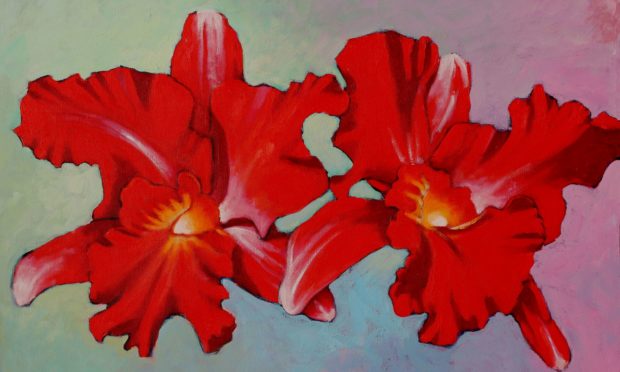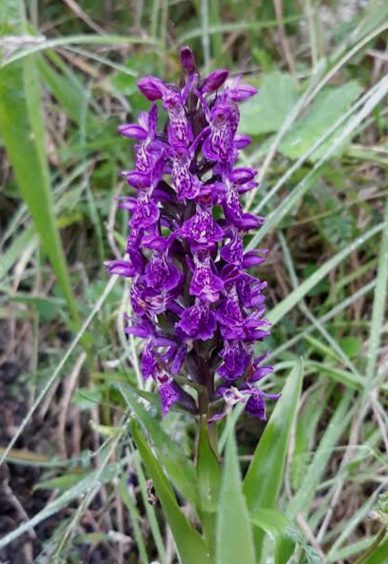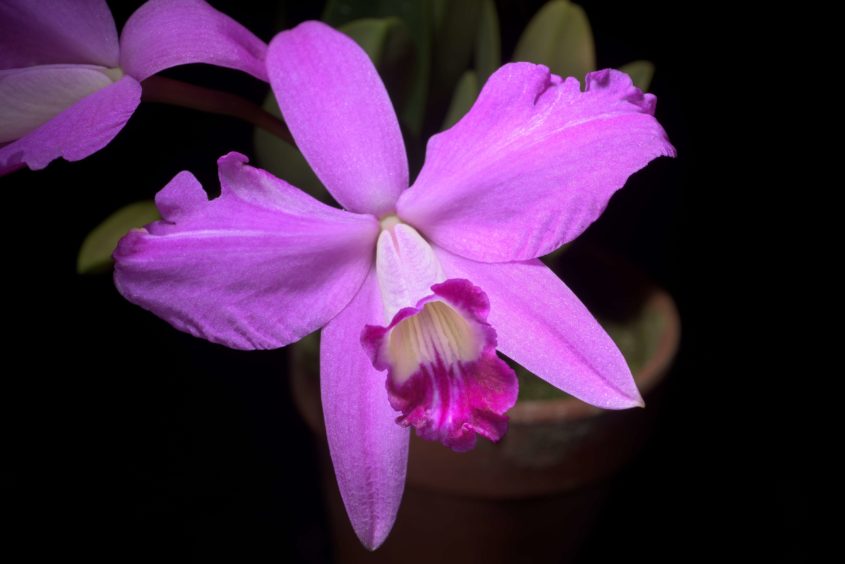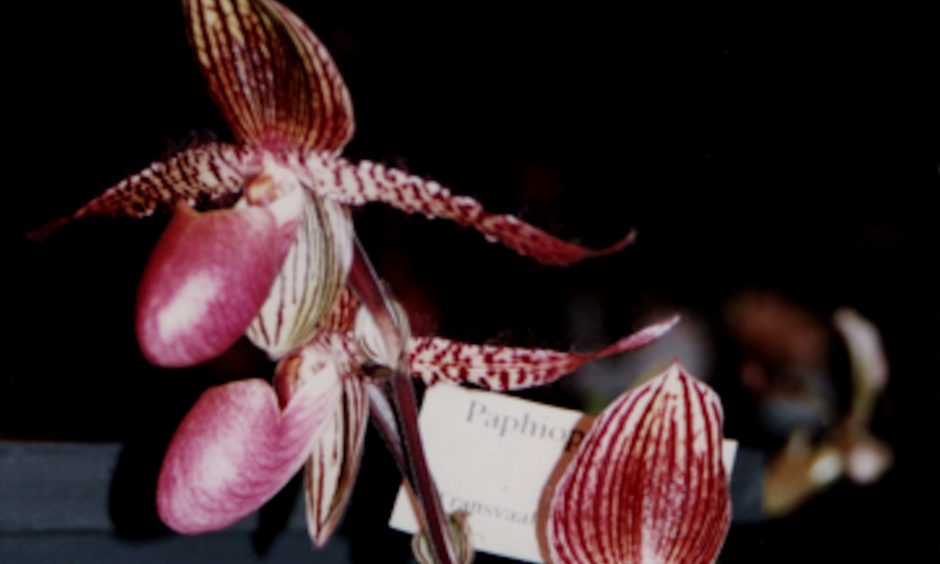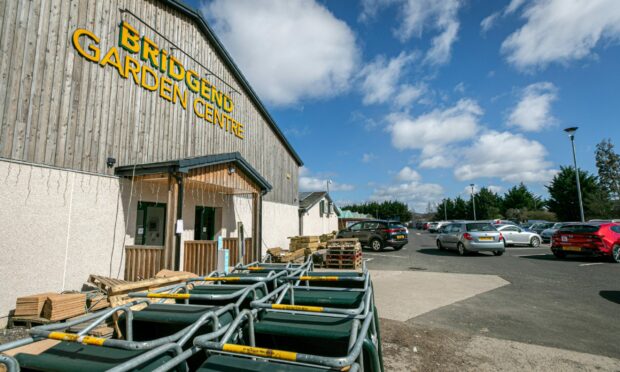Fifty years ago orchids were rarely seen outside stately homes with large gardens and greenhouses. I don’t recall seeing them during my five year gardening apprenticeship training, though we were given notes on their culture.
Orchids were expensive to purchase so they remained fairly rare, but life moves on and growers and breeders saw a huge opportunity, so before long new varieties appeared on the market and using meristem culture they could be propagated in very large numbers quite cheaply.
Today they now appear everywhere for sale from garden centres to supermarkets at very affordable prices.
The Phalaenopsis seems to be the most popular, but then the flowers come in a range of colours, with stems full of blooms can last for months, and they are very easy to grow.
However you must avoid keeping them in sunlight (they prefer dappled shade or full shade) and never leave them sitting in water.
A sunny bathroom is perfect where the aerial roots can get plenty of atmospheric moisture, though in our Scottish climate they will be happy on a sunny windowsill during the winter months.
In their natural environment they grow by clinging to tree trunks in tropical forests where there is plenty of warmth and rainfall with perfect drainage, and nutrients washed down the trunk from bird droppings and rotting leaves absorbed by the aerial roots hang down the side of the plant.
The woodland canopy, mostly evergreen, affords dappled light and protection from strong sunlight. Orchids can be found all over the world growing wild in damp moist and peaty soils.
I saw drifts of thousands growing in Glen Nevis and they even reached weed status growing in industrial developments in Livingston New Town.
Growing orchids in the home
The Phalaenopsis type are usually quite reliable and very rewarding when it repeats the flowering every year, so makes the best one to start with.
They will come in pots with ample holes for drainage and planted in special orchid compost.
This is often a mixture of bark chips, coarse graded peat, charcoal to keep the mixture sweet, nutrients and trace elements.
This should be sufficient to keep the plant happy for two to four years before repotting is necessary depending on type.
It is best to repot in spring as growth commences.
I purchased one in full flower last August at the City Road Allotments open day and it continued to flower well beyond Christmas.
Once flowering is over allow the plant some dormancy by keeping it in a cooler spot, and water less often, but do not let it dry out and do not feed at this stage or repot.
Orchids are not heavy feeders so just give them an orchid feed once every two to four weeks while they are growing.
Phalaenopsis can flower most of the year with six or up to twenty or more flowers on one spike. Keep the stem staked otherwise it hangs over and could pull over the whole plant.
Cymbidiums are very popular and another good one to start with as they are very adaptable.
They flower in autumn to spring producing many spikes with up to 20 flowers each lasting up to ten weeks.
The plants can grow quite large and are happy in a cool room. They require more frequent repotting because of their strong growth.
Paphiopedilum orchids are terrestrial, not epiphytic so there are no aerial roots or pseudobulbs. They grow from rhizomes just below ground level and produce medium sized flower stems with just one or a few flowers.
They like to be kept lightly shaded. Propagate by division in spring and repot every second year in the smallest pot available.
Cattleyas are epiphytes that are very flamboyant with large colourful flowers which are often highly perfumed.
Both Cattleyas and Phalaenopsis have been used extensively by artists as the subject for flower paintings with great impact.
Wee jobs to do this week
Take advantage of small areas of land becoming available as mid summer crops get harvested allowing sowings of lettuce, radish, spring onions and rocket and even some Chinese cabbage. These will give salads for late autumn use. Early potatoes, peas, broad beans, cabbage and cauliflower and soon onions will all get lifted to release some land though some onions are having a hard time with the warm but wet weather and white rot is gaining the upper hand.
